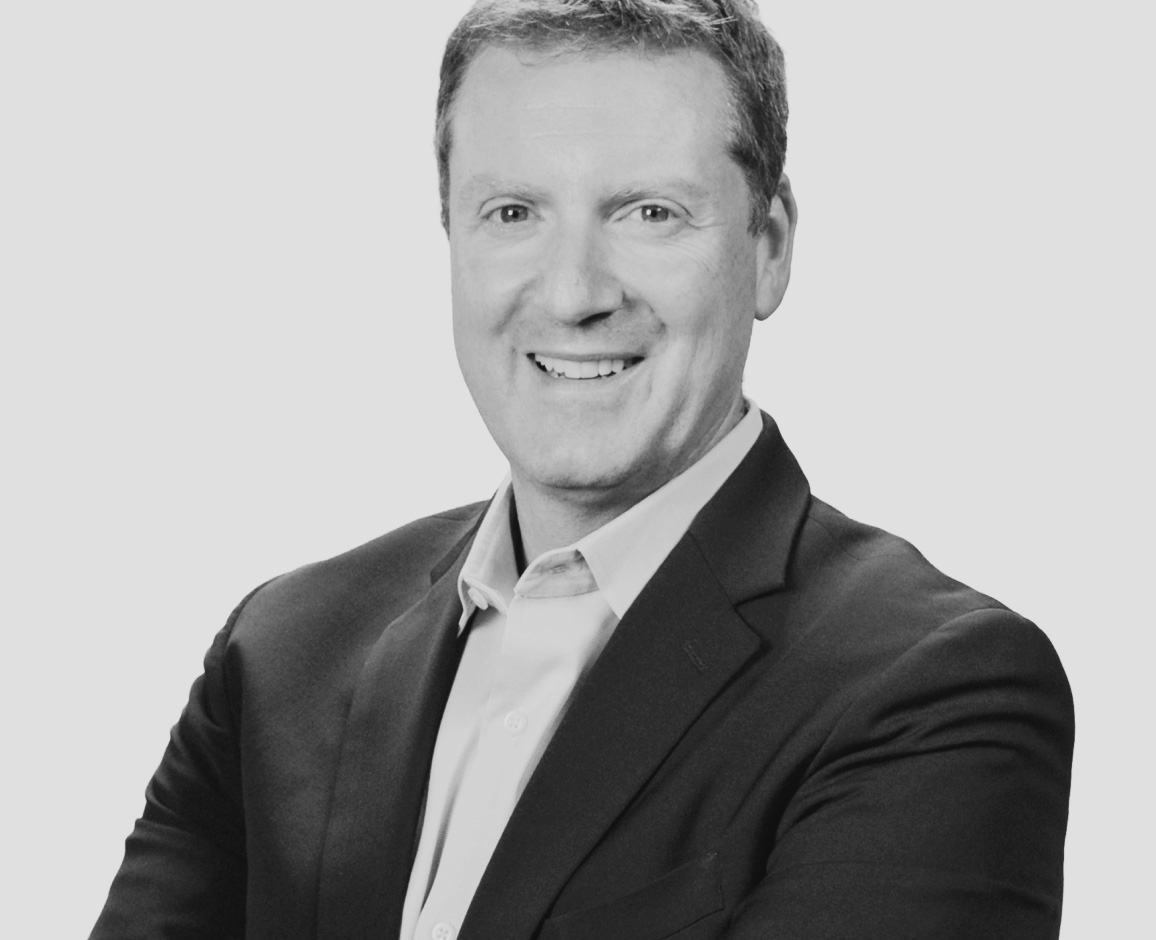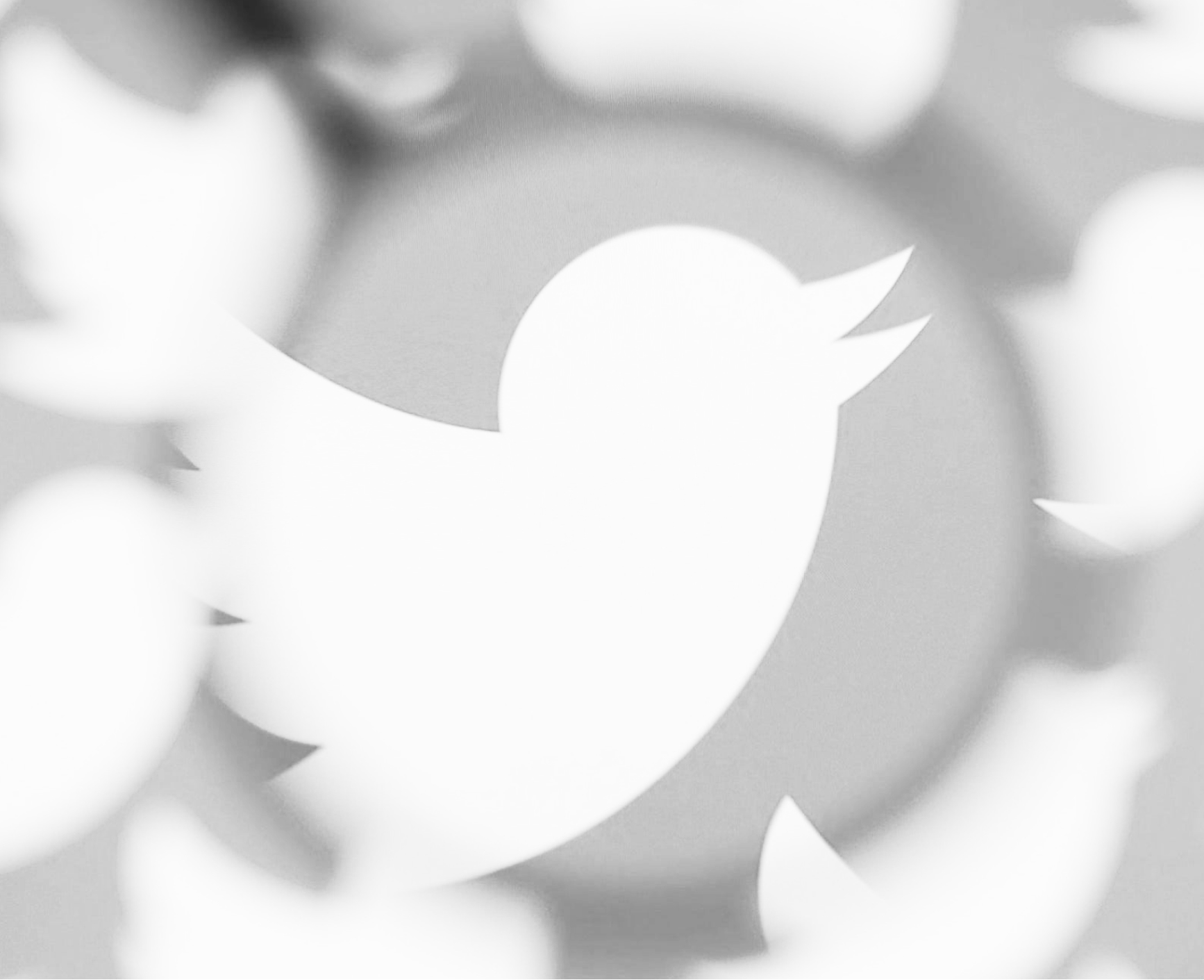SELECT EXCERPTS FROM SUBSCRIBED PODCAST
SUMMARY
Wayne McCulloch, author of The Seven Pillars of Customer Success, has more than 25 years experience in the software industry educating companies on the building blocks for Customer Success. He is a two time Chief Customer Officer, and ran global customer education services at HPE, IBM and Salesforce, and now he’s the Global Head of Customer Success at Google Cloud.
Wayne’s book is a manual for Customer Success teams – it gives the modern software company all the info on the best people, policies, and practices used to satisfy and delight customers at scale.
Q&A
Rachel: What would you say is the number takeaway that you want readers to come away with after reading the book?
Wayne: I was a Chief Customer Officer, and I was taking the best practices I’ve learned at a company like Salesforce or listening to some of the industry thought leaders, reading blogs, attending conferences, and taking all the nuggets of this is how people had success, and I’d apply it in my business and it didn’t work. Why wouldn’t it work? I’m following the recipe. I’m doing exactly what someone said to do.
We’re missing a framework for customer success that allows you to map out, “This is how I’m going to build my customer success, or this is why we exist, this is what we do, this is how we measure it, and these are the metrics that you can see the impact that we’re having to the company”. If you talk to my peers and they talk about people still saying, “What is customer success again? What do you guys do?”, those conversations still happen today, which is bizarre, but you get it. If you don’t come from a digital native company or a cloud-born in the cloud company, you get a bunch of people that still don’t really fully understand what it takes. They get what SaaS is. They get subscriptions, but they don’t understand what it takes to make a customer-centric business work, and that’s a big step.
Tom: So you’re saying all the lessons learned at Salesforce couldn’t be applied to other companies you’ve worked at?
Wayne: Yes. I worked at two companies after Salesforce that were sub-$100 million ARR. I started to understand the maturity of my company, the maturity of the market, the complexity of the product. There’s all these inputs that actually would change the playbook that I was trying to run on the process that I thought would work best. And so that, to me, suddenly, I’m like, oh, I get why there’s so many community forums. There’s so much consumption of content on LinkedIn and other sites because people are trying to work this out. They might get an answer, and they use it and it doesn’t quite work. The challenge is you as a customer success individual or as a customer success leader is, you’re the difference. You have to understand what is it about this process that’s different and unique. You get that with just being a, study your craft, study your company, but also by just trying to do things. Don’t try to get it perfect out of the gate, because I can tell you now, it just won’t happen.
Rachel: How do you respond to the age old question: “Who owns the customer?”
Wayne: That question frustrates me to no end. There’s this great quote from a guy from Walt Disney World, a commercial officer over there. He said, “No one owns the customer, but someone owns the moment.” Someone always owns the moment, right? If you start thinking that way, no one owns the customer, but there are these moments of truth that show up when you’re interacting with a customer. Who owns that moment and how can we support that experience whether it’s you own it or you support it. Right?
If you start thinking about it, why wouldn’t you build an organization that was like, “Okay, here’s my onboarding team. It’s made up of support PS and success professionals. That’s my onboarding team.” Some companies have worked that out, and they now have dedicated onboarding because time to value is critical in the SaaS world.
Then it’s also like in my book, I talk about this hurdler in the 2016 Olympics. I was really rooting for him. He was representing Haiti and he was in the semifinals. The gun goes off, he takes off and then he hits the first hurdle, falls down and then comes last, doesn’t qualify. I’m like, “Welcome to customer success, that’s me. That’s customer success defined right there.”
Tom: If you get back up and finish the race, that’s customer success.
Listen to hear the full conversation!

